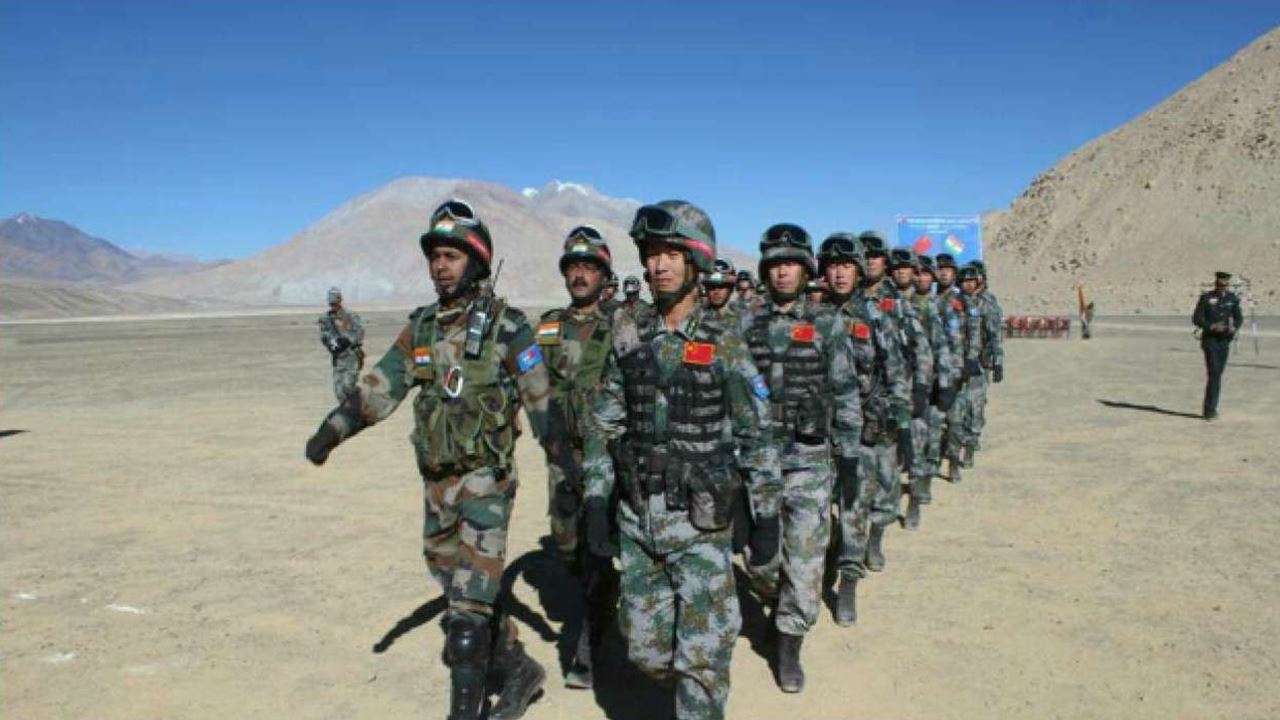After the deadliest fighting in decades, India and China are setting up demilitarized areas along their Himalayan border — a move that has rankled some members of India’s security establishment, Bloomberg reported.
Soldiers from both countries for now will no longer patrol a nine-kilometer (six-mile) stretch on the north bank of Pangong Tso, a glacial lake some 14,000 feet above sea level where troops clashed last year, according to two Indian officials aware of the developments. The agreement would result in India pulling back from strategic high ground occupied in a stealth operation last August, they said.
The move followed the creation of a similar demilitarized zone last year some 150 kilometers away along the Galwan river, where 20 Indian soldiers and at least four Chinese troops were killed in brutal hand-to-hand combat. That escalation on June 15, the first time casualties were reported along the disputed frontier since 1975. China only acknowledged the deaths on Feb. 19.
While the pullback has calmed tensions for the moment, some members of India’s security establishment believe the creation of non-militarized areas work in Beijing’s favor, according to the officials, who asked not to be identified discussing private conversations. They said China raised suspicions by objecting to an Indian proposal for both countries to patrol the area around the lake on alternate days on the grounds that it would affect Beijing’s sovereignty.
Indian defense and security officials had raised their concerns about the area around Pangong Tso with the government but it opted for a speedy disengagement. On Feb. 10 the two countries began rolling back soldiers, tanks and artillery guns that were stationed around the lake in rifle range of each other for nearly 10 months.
